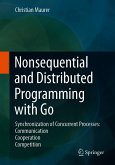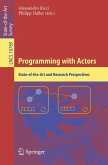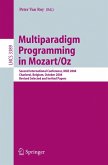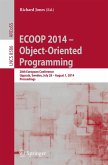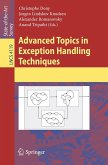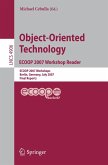The algorithms are formulated in the Go programming language, which can be used to express numerous synchronization concepts. Due to its simple syntax, Go also offers the advantage that readers without prior knowledge can follow the basic concepts. The chapters on locks, semaphores, monitors and network-wide message passing also present some basic approaches to programming in C and Java. All source texts are available online.
Besides a number of error corrections and smaller updates, in this second edition the nanouniverse nU is replaced with the microuniverse μU. This allows for beautiful animations in many places, which are not possible with the nanouniverse due to a lack of the necessary support for inputs and outputs; e.g. in the chapters on fairness, messages, farMonitors, traversals and election.
Dieser Download kann aus rechtlichen Gründen nur mit Rechnungsadresse in A, B, BG, CY, CZ, D, DK, EW, E, FIN, F, GR, HR, H, IRL, I, LT, L, LR, M, NL, PL, P, R, S, SLO, SK ausgeliefert werden.



